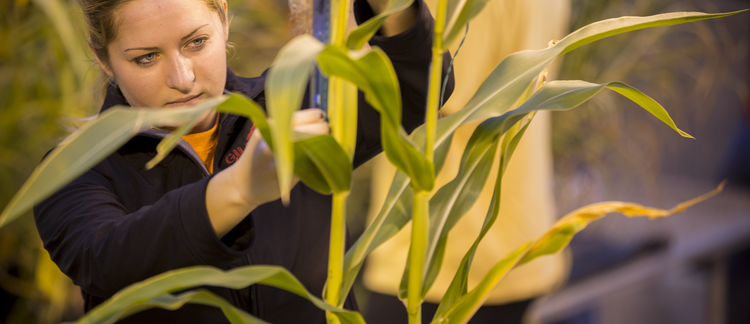Abstract
The 100th anniversary of the inbred-hybrid corn concept was celebrated in 2008. It was in 1908 that G. H. Shull first presented the idea that corn could be improved by 1) selfing of plants to develop inbred lines, 2) making crosses (i.e., hybrids) among the inbred lines, 3) testing the hybrids in replicated trials to determine which hybrid has the best yield, and 4) reproducing the best hybrid and making seed available to the farmer. In the early part of the 20th century there was a rapid expansion in the interest and use of corn as a livestock feed in what we today call the “U.S. Corn Belt.” Acreages for producing corn increased, but one of the major obstacles was the relatively low yield of the open-pollinated varieties being grown at the time. From 1865 to 1935 (70 years), the average U.S. corn yields exceeded 30 bushels/acre in only four years. Hence, the question was: How can we increase corn yields? The information that G. H. Shull presented at the American Breeders Meetings in Omaha, NE in 1908, 1909, and 1910 was to have a profound affect on the type of corn grown in the 20th century. The inbred-hybrid corn concept of Shull often has been called the greatest plant breeding achievement of the 20th century.
How to Cite:
Hallauer, A. R., (2009) “Corn Breeding”, Iowa State University Research and Demonstration Farms Progress Reports 2008(1).
Downloads:
Download pdf
View PDF
438 Views
93 Downloads

